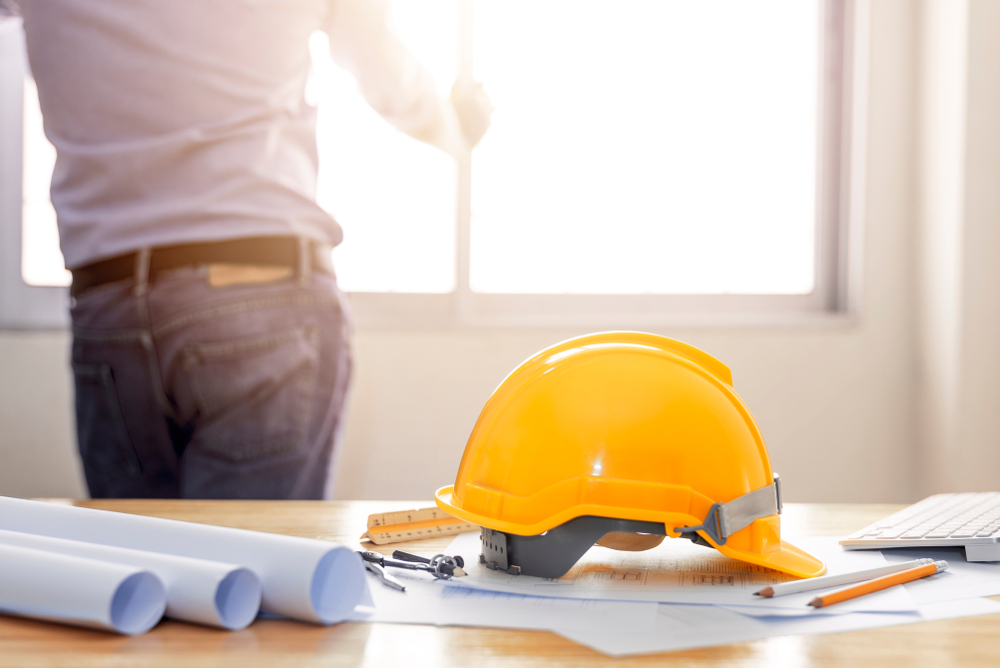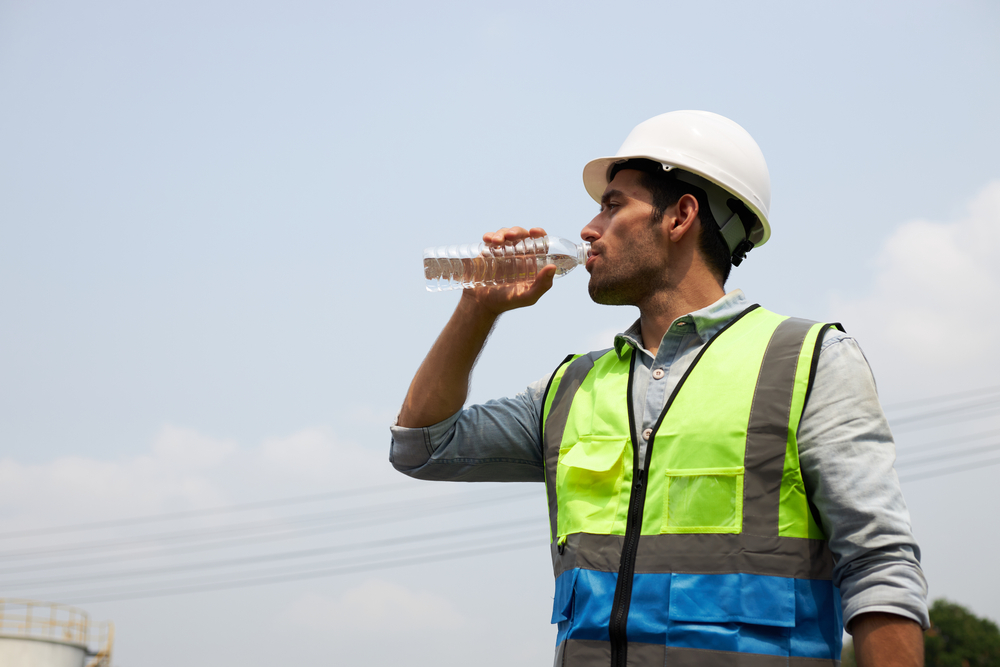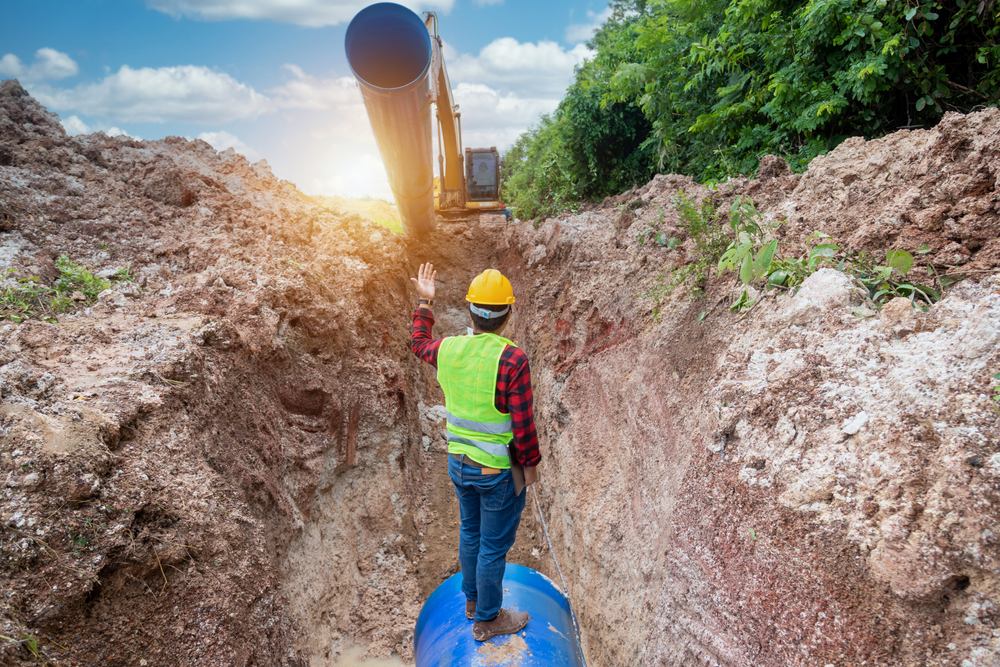 Safety should be one of the most important things you do for your business. And yet, with the rate of accidents and injuries in construction, you might think that it’s not a priority for a lot of people in the industry. Safety is what allows you to go home at the end of the day, instead of the hospital. Try these five common-sense safety tips to minimize accidents and injuries.
Safety should be one of the most important things you do for your business. And yet, with the rate of accidents and injuries in construction, you might think that it’s not a priority for a lot of people in the industry. Safety is what allows you to go home at the end of the day, instead of the hospital. Try these five common-sense safety tips to minimize accidents and injuries.
Wear PPE
Personal protective equipment is one of the best ways that you can protect yourself and your workers on the job site. PPE includes things like proper clothing for the weather, as well as masks, gloves, and proper headgear. You should plan to keep a supply of PPE in a place that is:
- Easy to find
- Easy to keep organized
- Within reasonable distance of the relevant task
People are more likely to wear PPE if they don’t have to go out of their way to get it. Create a culture of promoting the use of PPE, so that it becomes second nature for each worker to get ready before work.
Make Signs
People often need reminders of important information, which you can do by making signs and putting them in the right places. For example, someone might need to know which types of PPE are necessary for tasks involving noxious solvents. A sign with the checklist next to each station can help people remember which types of gear they will need. For a workplace where there are many tasks happening at the same time, you can make signs identifying the risk so that workers know to look. A simple sign warning people that vehicles move through the area could prevent serious injury.
Stay Alert
People are more likely to injure themselves or others when they are not alert, which makes alertness one of the most important things that you can have on the construction site. Work on establishing a schedule that allows people to have a normal workday, with regular breaks and time to recharge. Long days, or repetitive tasks with no breaks, make it easier for people to check out mentally. The less alert they are, the less aware they are of their surroundings and the people nearby. Encouraging them to stay alert helps them to avoid catastrophic errors with heavy equipment.
Take Training
You might have some sense of the best safety practices for the jobs you do in your contracting business, but you’ll probably need to take some training in order to get that knowledge. Safety practices change over time, particularly as new technologies change the way that you do certain tasks. Give yourself the opportunity to test your skills and refresh your understanding at least once a year. Offer the same service to your employees, especially those who are relatively new to the industry. Regular training sessions help to ensure that everyone is on the same page.
Practice Safety Protocols
You might think that if you have the knowledge to do a task safely, that knowledge is enough to keep you out of trouble. Unfortunately, understanding what you read in a book or hear in an instructional setting doesn’t always translate into the correct actions. Some safety protocols require you to follow a very specific set of steps within a short period of time. If you have to go consult the instructions to know what to do, you may be too late. You can minimize wasted time by practicing the safety protocols with your team. Even if you all have the skills, a periodic refresh might be all you need to make it efficient and accurate.
Staying safe is one of the best things that you can do for your contracting business. For more guidance on becoming a licensed contractor, contact CSLS today!





